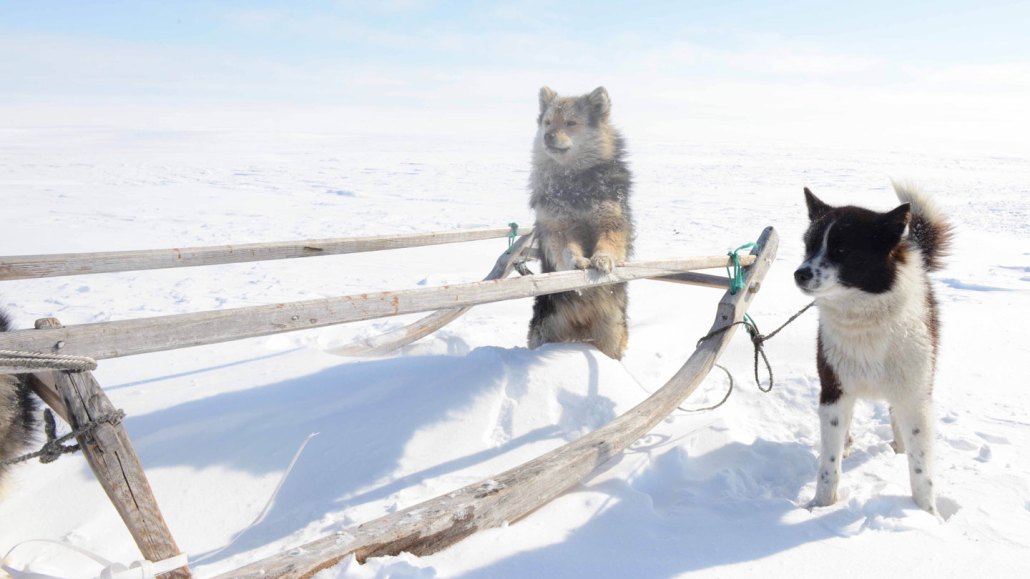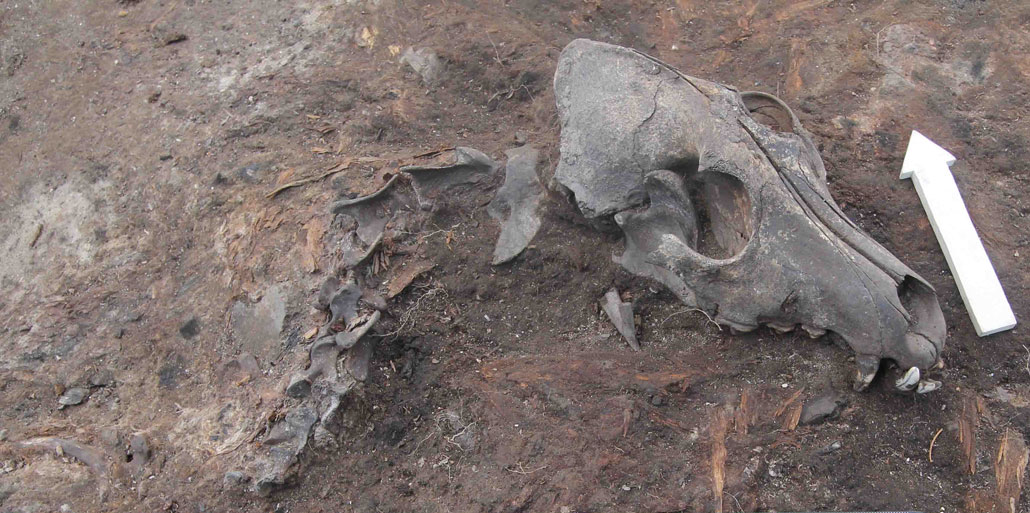Dog DNA reveals ancient trade network connecting the Arctic to the outside world
Isolated communities traded canines and other goods with the Near East and Europe

Siberian dogs such as these were isolated from other canine populations for thousands of years, until their owners started trading with the outside world.
Robert Losey/Univ. of Alberta








